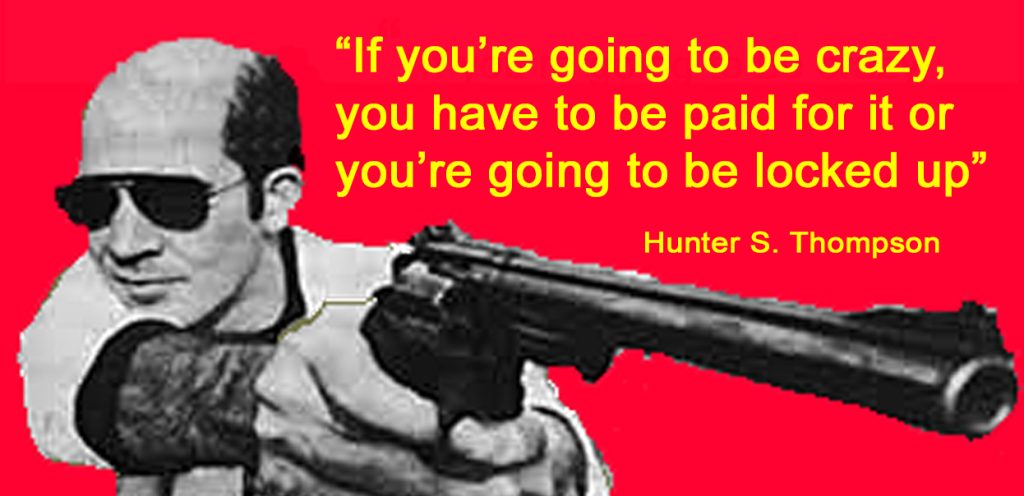
Hunter S. Thompson’s death 18 years ago remains suspicious. He left no suicide note and, according to the official story, supposedly shot himself while on the phone with his wife in mid-conversation—though she never heard any gunshots.
The night before his death, Hunter told a friend: “They’re gonna make it look like suicide. I know how those bastards think.”
The question is, who were “those bastards,” and why did they want him dead?
[This story continues CAM’s series on political assassinations.—Editors]
Eighteen years ago, on February 20, 2005, the great American writer Hunter S. Thompson died of a gunshot wound to the head.
Nicknamed “Gonzo,” Thompson had pioneered a style of journalism where the writer inserted himself as a central character in the story.
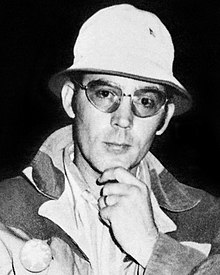
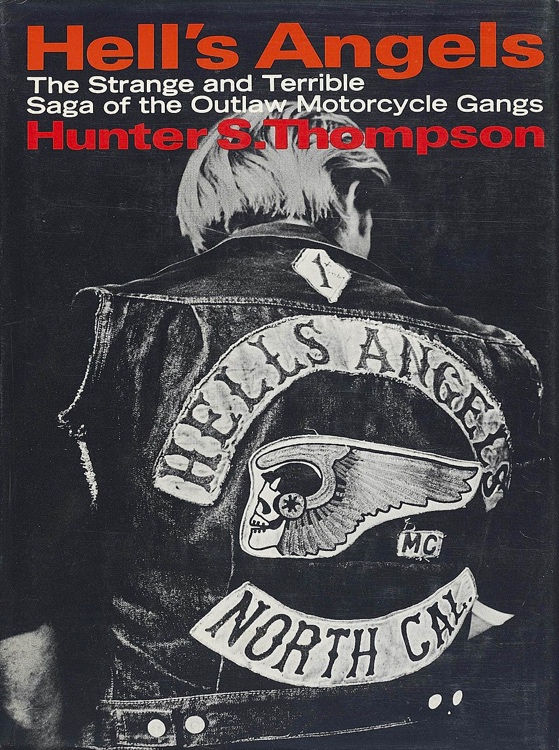
He first became famous after publishing a book in 1967 that provided an intimate and uncompromising portrait of the Hell’s Angels motorcycle gang.
Thompson went on to write a classic account of the 1972 election, Fear and Loathing on the Campaign Trail ’72, and 1971 novel Fear and Loathing in Las Vegas, a rumination on the underbelly of the American Dream and 1960s counter-culture, which was made into a movie in 1998 starring Johnny Depp.
In 1970, Thompson ran unsuccessfully for sheriff of Pitkin County, Colorado, on a platform of reforming the police, legalizing marijuana and ending the War on Drugs, and cleaning up the environment.

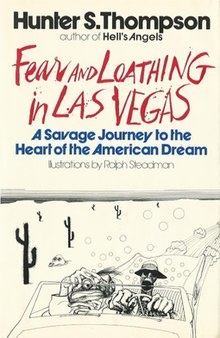
Hunter’s trademark humor was injected into the campaign, which disbursed buttons with the slogan: “today’s pig is tomorrow’s bacon.”

In one of the debates, he turned up with a freshly shaved scalp so that he could refer to the crew-cut incumbent Sheriff Carrol D. Whitmire as his “long-haired opponent.”[1]

At that time, he expressed a strong dislike for Richard Nixon, who he claimed represented “that dark, venal, and incurably violent side of the American character.”
Senator Hubert Humphrey (D-MN) was not held in much higher regard: Thompson referred to him as “a shallow, contemptible and hopelessly dishonest old hack.”[2]
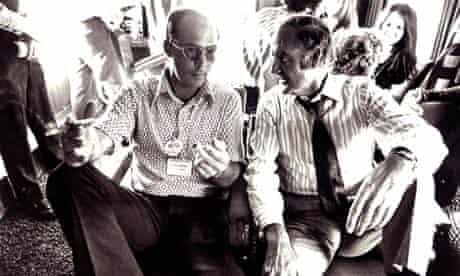
It was this kind of candor that accounted for Thompson’s popularity and status as an icon of the 1960s counter-cultural movements and its heirs.[3]
Thompson easily saw through the phony veneer of politicians on both right and left, among them Bill Clinton, whom Thompson considered “every bit as corrupt as Nixon, but a lot smoother.”[4]
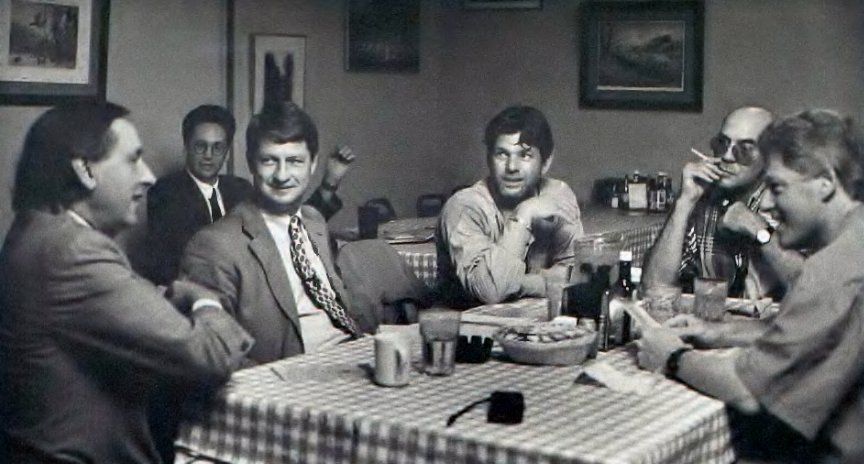
As an ESPN columnist in the early 2000s, Thompson mixed into his columns rants against George W. Bush, whom he referred to as a “goofy child president” and “little creep,” that “brought the U.S. from a prosperous nation at peace to a broke nation at war.”[5]
The day after 9/11, Thompson predicted that the U.S. was likely to stay at war “for the rest of our lives. It will be a religious war, a sort of Christian jihad, fueled by religious hatred and led by merciless fanatics on both sides. It will be guerrilla warfare on a global scale, with no front lines and no identifiable enemy—a very expensive war in which victory is not guaranteed.”[6]
Challenge to Official Narrative About 9/11
Thompson never believed the official story about 9/11, writing that “you could not take this case [accusing bin Laden of 9/11] to court and win.”
At the time of his death, Thompson was allegedly working on a story about the 9/11 World Trade Center attacks. Hunter told his friend, Paul William Roberts, a columnist for the Toronto Globe and Mail, that “he had stumbled across what he felt was hard evidence showing the towers had been brought down not by the airplanes that flew into them but by explosive charges set off in their foundations.”

According to Roberts, Hunter had telephoned him on February 19th, the night before his death, and sounded scared. He thought someone was out to stop him from publishing what he had learned about the World Trade Center and explosives. “They’re gonna make it look like suicide,” he said. “I know how these bastards think . . .”[7]
Suspicious Circumstances of Death
Thompson died at his ranch in Woody Creek, Colorado, at 5:42 p.m. on the afternoon of February 20th. His son Juan, daughter-in-law (Jennifer Winkel Thompson) and grandson (Will Thompson) were visiting for the weekend.
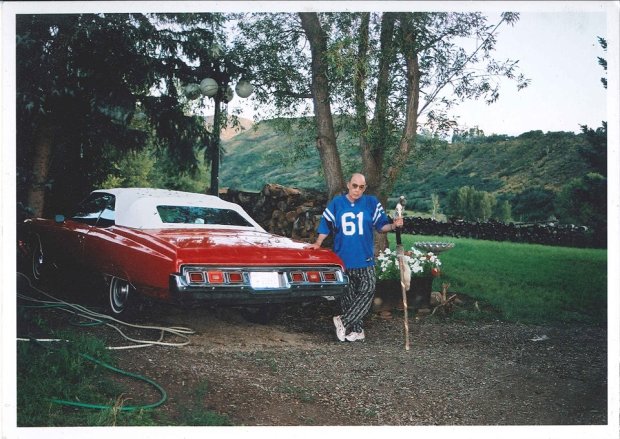
Juan later said he believed a book had fallen when he heard the shot—certainly not the sound of a .45 caliber handgun.
The police report concerning the death stated that, in a typewriter in front of Thompson, they found “a piece of paper carrying the date ‘Feb 22 ’05’ and the single word ‘counselor’”—written on stationery from the Fourth Amendment Foundation, which defended victims of unwarranted search and seizure.
Hunter’s friend John G. Clancy—who died 40 days later in a tragic car accident—believed that Hunter’s last typed words may have been the beginning of a letter that would have given a clue about his death. Clancy believed that there may have been someone else in the room with him when he was shot.

At the time of his death, Hunter was on the phone with his wife Anita who was at the gym. The two had had a fight earlier in the day, but Hunter asked her to come home to help him work on his column for ESPN.com. Then Anita said, Hunter put down the receiver and she heard a loud, muffled noise and clicking sound, but didn’t know what had happened. “I was waiting for him to get back on the phone,” she said.
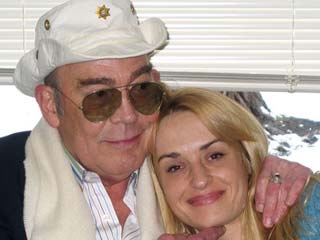
These comments breed suspicion of foul play as there is the question of a) why Anita did not hear a gunshot if no silencer was found at the scene; and b) why Hunter, if he was intent on killing himself, would not express his love to his wife or give some signs of distress on the phone.
Of further suspicion was the fact that no suicide note was found—when Hunter was such a distinguished writer and had a flair for the dramatic.
Four days earlier, Thompson allegedly wrote a cryptic note that was found in his papers titled “Football Season is Over.”
It read: “The football season is over. No more games. No more bombs. No more walking. No more fun. No more swimming. 67. That’s 17 years past 50. 17 more than I needed or wanted. Boring. I am always bitchy. No Fun—for anybody. 67. You are getting Greedy. Act your old age. Relax. This won’t hurt.”[8]
Only the title of the note, however, was in Thompson’s own hand-writing and the note was only discovered after his death—buried in his files.
Thompson liked guns and had spoken of suicide before; he had allegedly even given directives to Anita about what he wanted done with his body, his unpublished works, and his assets. She told CBS News that “he wanted to leave on top of his game. I wish I could have been more supportive of his decision,” she said. “It was a problem for us.”
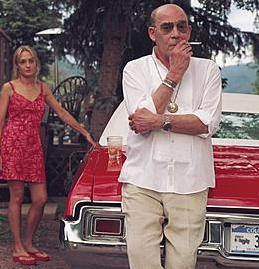
Yet it seems most unlikely that Thompson would kill himself in mid-conversation with Anita and that no gunshot was ever heard and he would not have left a suicide note.
One theory is that a highly trained assassin came through the window like a Ninja wearing a dark outfit and gloves, silently crept up on this 67-year-old man (who was relatively weak and hard of hearing), put him in a choke hold, forced a gun into his mouth so that his fingerprints were on it, and fired.
Then, the assassin made his escape out the window as Anita waited on the phone, saying, “Hello? Hello? Hunter? Are you there?”
Death Scene Oddities
One of the police officers investigating the death scene, Ron Ryan, reported that the semi-automatic Smith & Wesson 645 found next to Thompson’s body was in an unusual condition.
There was a spent shell casing but, although there were six bullets left in the gun’s clip, there was no bullet in the firing chamber, as there should have been under normal circumstances.[9]
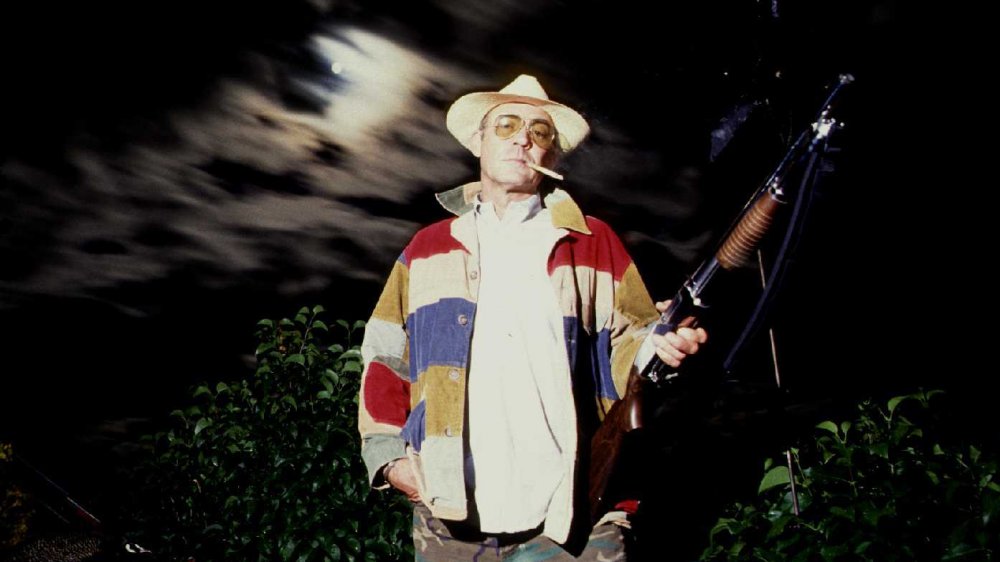
Sheriff’s officer DiSalvo confirmed this opinion; “I think a bullet from the magazine should have cycled into the chamber,” he said, “unless there was a malfunction.”
This “single bullet” problem has led to speculation that Thompson was coerced into self-inflicting a gunshot wound, being given a gun with a single shot, perhaps accompanied by threats against his family.
Staged Suicide?
A Blogger wrote: This case has all the characteristics of a staged “suicide.”
- No witnesses.
- No specific suicide note on the spot of the death. “Football season is over” is not sufficient. It just means it is time for baseball.
- Telling his Canadian friend he fears he will be “suicided.”
- He made enemies with powerful, ruthless people.
- He was on good relations with his wife, Anita, a cute young blonde, with no problems, and did not even say goodbye?
- He was in the midst of projects he felt passionate about. For example: 9/11, White House “reporter” Jeff Gannon scandal, ESPN…
- He was in good financial shape, no problems.
- The last word he typed was “counselor,” indicating he was in the middle of writing.
- Broken leg, but still relatively healthy, with no terminal illness, at least not serious enough to kill himself.
Dark Theory
Like the protagonist in Fear and Loathing in Las Vegas, Raoul Drake, Thompson had a dark side to his personality that resulted in his self-destruction.[10]
Addicted to drugs and alcohol throughout much of his life, he was a womanizer prone to mood swings who was a) arrested on sexual assault, drugs, and weapons charges in 1990; b) constantly firing weapons on his properties; c) fed his cat cocaine; and d) told night-time TV host David Letterman in 1988 that he liked to kill.

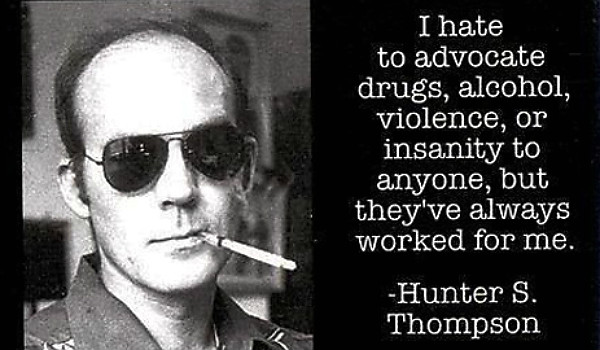
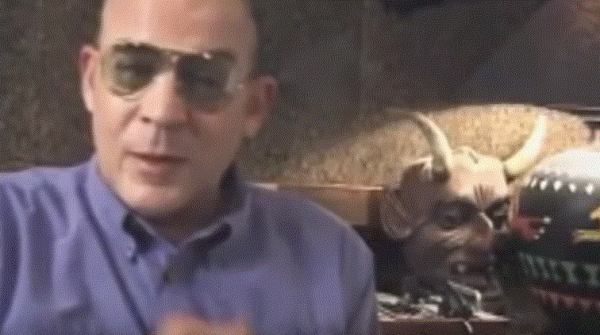
So perhaps someone who didn’t like Thompson took retribution on him.
One dark theory is that Thompson had made snuff films in the 1980s that involved children, some of whom had allegedly been recruited under a secret government program in which sex slaves were used to coerce and blackmail politicians in Washington.[11] However, these allegations are probably not true.[12]

-
Jann S. Wenner and Corey Seymour, with Introduction by Johnny Depp, Gonzo: The Life of Hunter S. Thompson: An Oral Biography (Boston: Little, Brown & Company, 2007), 106. ↑
-
Hunter S. Thompson, Fear and Loathing: On the Campaign Trail ’72 (New York: Grand Central Publishing, 1973), 187. ↑
-
See William McKeen, Outlaw Journalist: The Life and Times of Hunter S. Thompson (New York: W.W. Norton, 2008). ↑
-
McKeen, Outlaw Journalist, 318. When Jann Wenner, editor of Rolling Stone magazine, set up an interview between Thompson and Clinton and some other Rolling Stone writers, Clinton distanced himself from Thompson, treating him, according to Thompson, “like a roach.” ↑
-
McKeen, Outlaw Journalist, 345; Warren Hinckle, ed., Who Killed Hunter S. Thompson, (San Francisco: Last Gasp, 2017), 192; Hunter S. Thompson, Hey Rube: Blood Sport, the Bush Doctrine, and the Downward Spiral of Dumbness (New York: Simon & Schuster, 2005). ↑
-
Hinckle, ed., Who Killed Hunter S. Thompson, 192. ↑
-
Hinckle, ed., Who Killed Hunter S. Thompson, 191. ↑
-
The Washington Post erroneously reported that the note was found next to Hunter when he died, when it had been written four days earlier. ↑
-
When one bullet is fired, the next bullet in the clip advances into the firing chamber. A spent shell casing was found nearby and a spent slug was found in the stove hood behind the body. ↑
-
McKeen, Outlaw Journalist; Wenner and Seymour, eds., Gonzo. ↑
-
Thompson’s former secretary, Nickole Brown, wrote in her memoir blog Memory of Hunter S. Thompson: Postcard from Louisville that Thompson once threw her out of his house for refusing to watch a snuff film. He also smashed up his car because his cigarettes were locked inside and force fed his cat cocaine. Brown nevertheless characterized him as a “redneck genius with an astounding memory.” ↑
-
Ted Gunderson, an FBI agent who investigated the case of a kidnapped child in Iowa, Johnny Gosch (aka Johnny Gannon), who is believed to have been recruited into the sex ring, told the alternative weekly, PointBlank Des Moines, “I think it’s kind of strange that Hunter Thompson would commit suicide at this time. Several kids told us that he directed snuff films. I think it’s a strong possibility that he was murdered and I strongly suspect that it’s all connected.” The snuff film that Thompson made allegedly was produced at Bohemian Grove, a secluded area outside Sacramento, California, where world leaders and dignitaries meet annually for a retreat. Two days after Thompson’s death, Rudy Nelson, the photographer of an accused pedophile who claims Thompson offered him $100,000 to shoot a snuff film involving a child, was arrested and had his computers confiscated—according to Nebraska State Senator John W. DeCamp—as a warning to him and others that they best keep their mouths shut. Paul Bonacci, child victim of a child prostitution ring, stated in an interview with DeCamp that, when he was a teenager in the late 1980s, he was forced to participate in rape and murder for a snuff film—filmed at Bohemian Grove—which he claimed was directed by a man named “Hunter Thompson” who joined his private flight to the West Coast in Las Vegas. John W. DeCamp, The Franklin Cover-Up: Child Abuse, Satanism, and Murder in Nebraska (Lincoln, NE: AWT, Inc., 1992), 105. An alternative explanation is that Thompson’s name was used because he was famous. ↑
CovertAction Magazine is made possible by subscriptions, orders and donations from readers like you.
Blow the Whistle on U.S. Imperialism
Click the whistle and donate
When you donate to CovertAction Magazine, you are supporting investigative journalism. Your contributions go directly to supporting the development, production, editing, and dissemination of the Magazine.
CovertAction Magazine does not receive corporate or government sponsorship. Yet, we hold a steadfast commitment to providing compensation for writers, editorial and technical support. Your support helps facilitate this compensation as well as increase the caliber of this work.
Please make a donation by clicking on the donate logo above and enter the amount and your credit or debit card information.
CovertAction Institute, Inc. (CAI) is a 501(c)(3) non-profit organization and your gift is tax-deductible for federal income purposes. CAI’s tax-exempt ID number is 87-2461683.
We sincerely thank you for your support.
Disclaimer: The contents of this article are the sole responsibility of the author(s). CovertAction Institute, Inc. (CAI), including its Board of Directors (BD), Editorial Board (EB), Advisory Board (AB), staff, volunteers and its projects (including CovertAction Magazine) are not responsible for any inaccurate or incorrect statement in this article. This article also does not necessarily represent the views the BD, the EB, the AB, staff, volunteers, or any members of its projects.
Differing viewpoints: CAM publishes articles with differing viewpoints in an effort to nurture vibrant debate and thoughtful critical analysis. Feel free to comment on the articles in the comment section and/or send your letters to the Editors, which we will publish in the Letters column.
Copyrighted Material: This web site may contain copyrighted material the use of which has not always been specifically authorized by the copyright owner. As a not-for-profit charitable organization incorporated in the State of New York, we are making such material available in an effort to advance the understanding of humanity’s problems and hopefully to help find solutions for those problems. We believe this constitutes a ‘fair use’ of any such copyrighted material as provided for in section 107 of the US Copyright Law. You can read more about ‘fair use’ and US Copyright Law at the Legal Information Institute of Cornell Law School.
Republishing: CovertAction Magazine (CAM) grants permission to cross-post CAM articles on not-for-profit community internet sites as long as the source is acknowledged together with a hyperlink to the original CovertAction Magazine article. Also, kindly let us know at info@CovertActionMagazine.com. For publication of CAM articles in print or other forms including commercial internet sites, contact: info@CovertActionMagazine.com.
By using this site, you agree to these terms above.
About the Author

Jeremy Kuzmarov holds a Ph.D. in American history from Brandeis University and has taught at numerous colleges across the United States. He is regularly sought out as an expert on U.S. history and politics for radio and TV programs and co-hosts a radio show on New York Public Radio and on Progressive Radio News Network called “Uncontrolled Opposition.”
He is Managing Editor of CovertAction Magazine and is the author of six books on U.S. foreign policy, including Obama’s Unending Wars (Clarity Press, 2019), The Russians Are Coming, Again, with John Marciano (Monthly Review Press, 2018), Warmonger. How Clinton’s Malign Foreign Policy Launched the U.S. Trajectory From Bush II to Biden (Clarity Press, 2023); and with Dan Kovalik, Syria: Anatomy of Regime Change (Baraka Books, 2025).
Besides these books, Kuzmarov has published hundreds of articles and contributed to numerous edited volumes, including one in the prestigious Oxford History of Counterinsurgency .
He can be reached at jkuzmarov2@gmail.com and found on substack here.

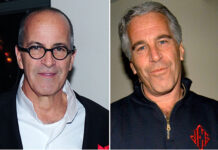
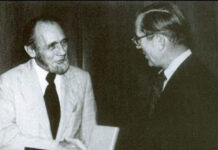
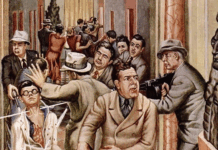

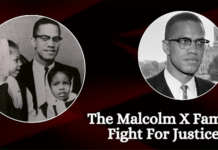
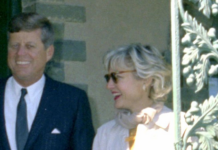
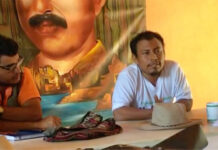
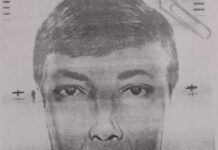
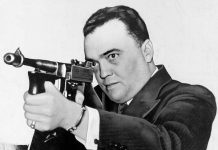

I recommend people read the book “Stories I tell myself” written by Hunter Thompson’s son, Juan Thompson.
[…] Was Hunter S. Thompson murdered? “At the time of his death, Thompson was allegedly working on a story about the 9/11 World Trade Center attacks. Hunter told his friend, Paul William Roberts, a columnist for the Toronto Globe and Mail, that ‘he had stumbled across what he felt was hard evidence showing the towers had been brought down not by the airplanes that flew into them but by explosive charges set off in their foundations.’ According to Roberts, Hunter had telephoned him on February 19th, the night before his death, and sounded scared. He thought someone was out to stop him from publishing what he had learned about the World Trade Center and explosives.” https://covertactionmagazine.com/2023/02/25/did-legendary-gonzo-journalist-hunter-thompson-frighten-… […]
Good article, Jeremy. One thing (among many others) that has always bothered me immensely about Thompson’s supposed “suicide” is the fact that no notes from his 9/11 research were ever recovered or circulated. We know he was broadcasting an upcoming publication on those explosive demolitions. And if he had truly killed himself, his research would certainly have survived him.
Yet, in the aftermath, nothing. Poof! Very peculiar.